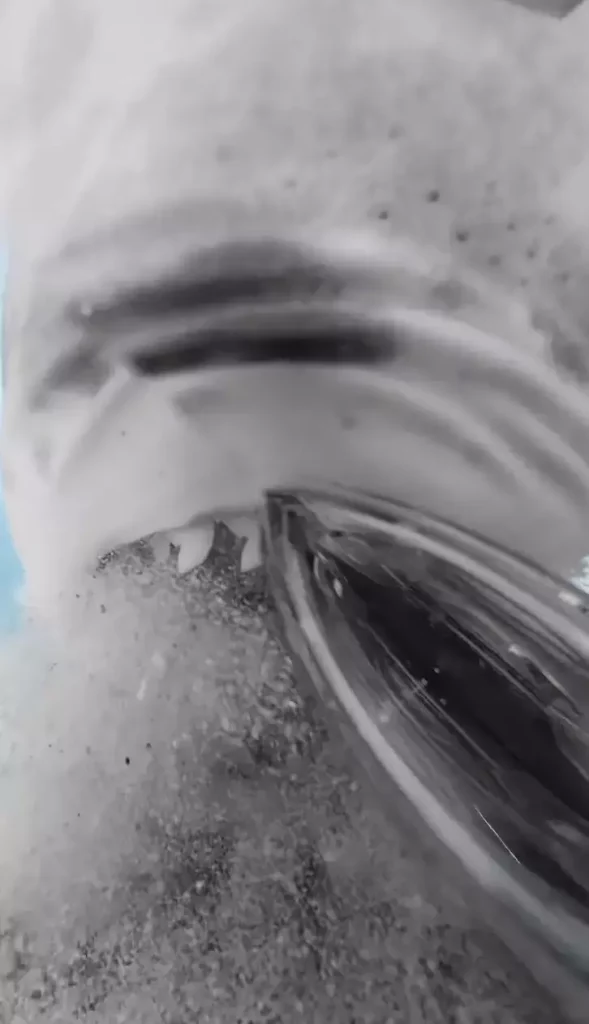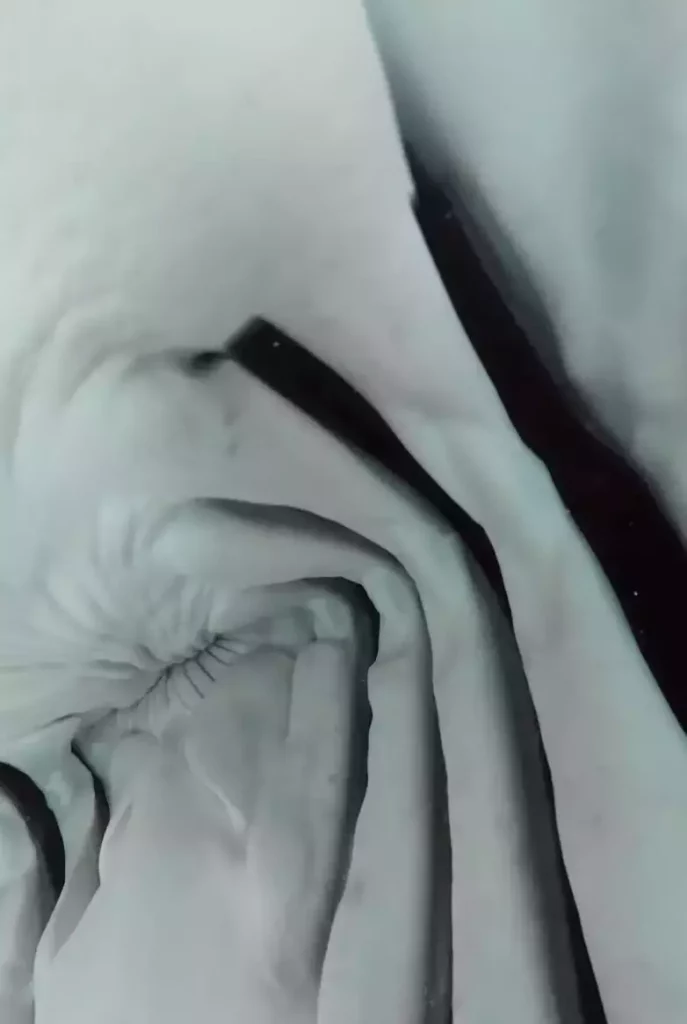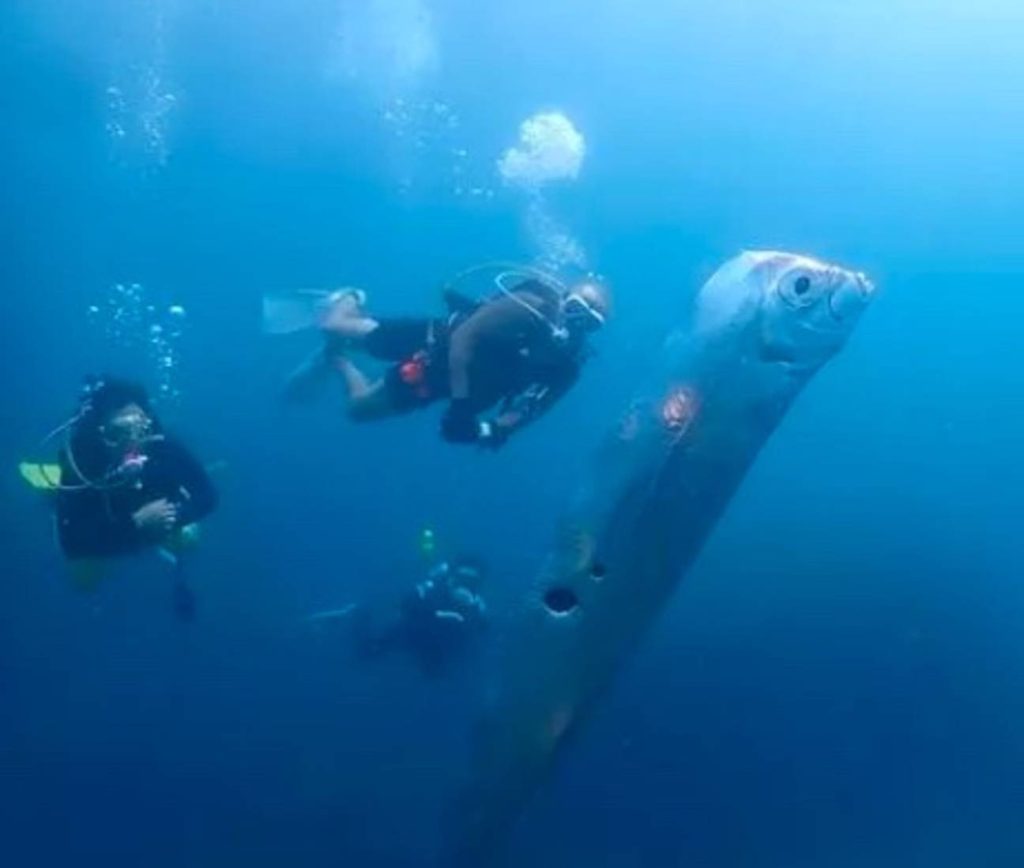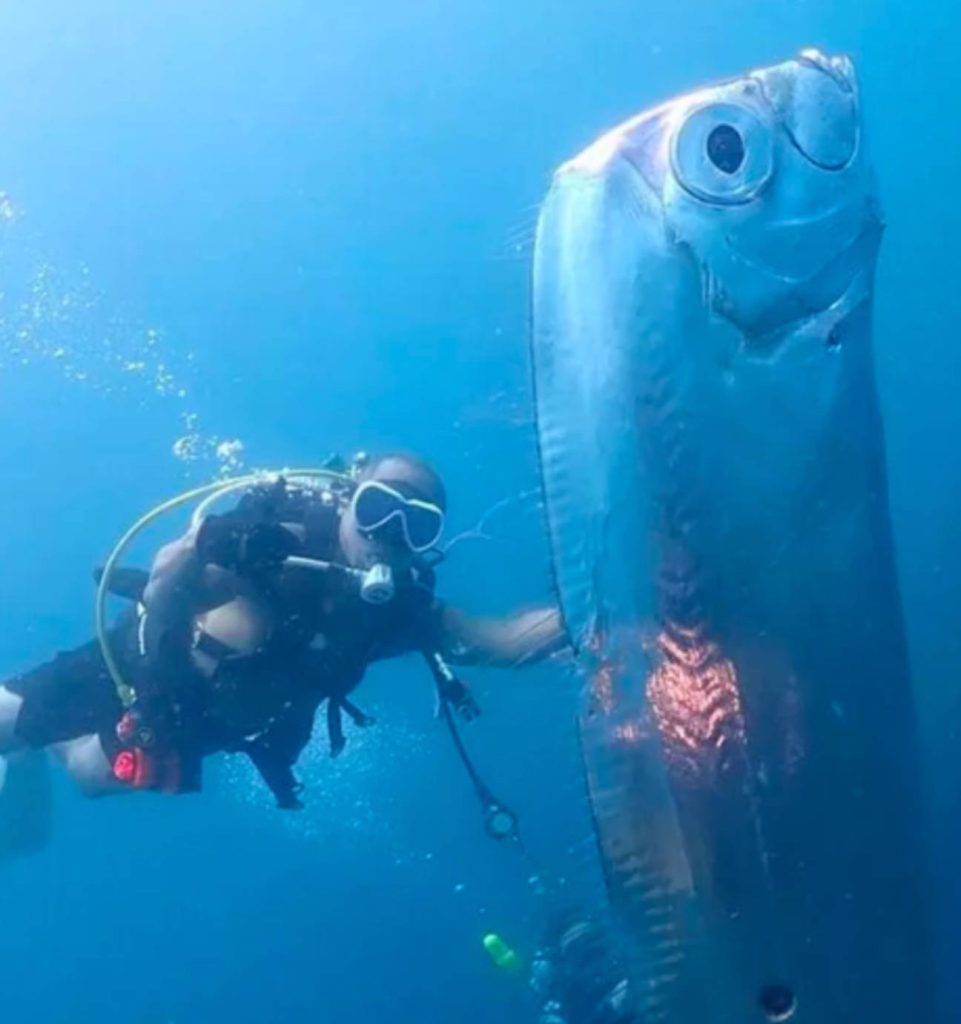Warning: This will blow your mind!
Watch Our Video Of The Week
“The Antarctic strawberry feather star”. It might not make much sense, but doesn’t it sound adorable?
The name reminds me of a quirky celebrity’s baby name or the name of a kid’s book about some intrepid explorers who set out to uncover a mysterious object.
It sounds nothing like the name of a terrifying new sea creature with 20 “arms” though. But that is the label that scientists have chosen to use.

The new species, which resembles a jellyfish with the exception of the primary circular portion, was found by biologists working in the seas near Antarctica. In essence, it’s made up entirely of tentacles, some of which are fluffy and others which are rough in texture.
As if that weren’t enough, the monster has tiny claws on the strings that resemble tentacles and are tied to its base, enabling it to grasp the sea floor.
According to marine biology professor Greg Rouse, the organism, which can grow up to eight inches long, uses its longer ‘arms’ to aid in mobility as it scuttles through the ocean.
Invertebrate Systematics published a report on the new species that Rouse, of the University of California, San Diego, co-authored with researchers Emily McLaughlin and Nerid Wilson last month.

The researchers published photos of the specimens with some of the smaller tentacles, referred to as “cirri,” that extend from the creature’s base removed, providing some explanation into the reasoning behind the name “Antarctic strawberry feather star.”
“We’ve taken away a bunch of the cirri so you can see the parts that they’re attached to, and that’s what looks like a strawberry,” Rouse told Insider.
The new species has been officially named Promachocrinus fragarius, but its simpler, easier-to-pronounce name is Antarctic strawberry feather star.
It belongs to the same group of animals as starfish, sea urchins, sand dollars, and sea cucumbers, known as the Crinoidea.
To find more species of the Antarctic feather star group star, of which there was previously only one known species ‘the Promachocrinus kerguelensis’ the researchers dragged a net over the Southern Ocean.

The voyage was a huge success, leading to the discovery of four new species that may be categorised as part of the Antarctic feather star group.
The amount of ‘arms’ on the Antarctic strawberry feather star, which was discovered between 215 and 3,840 feet beneath the ocean’s surface, particularly caught the attention of the researchers.
Although the majority of feather stars have just 10 arms, Rouse noted, the discovery allows the scientists to add eight species to the category of Antarctic feather stars, including the four newly discovered species as well as some previously discovered creatures that were initially thought to be a separate species.
“So we went from one species with 20 arms to now eight species — six with 20 arms and two with 10 arms under the name Promachocrinus,” Rouse explained.
I wonder what else lies at the bottom of the ocean floor?
Man Spent 50 Years Tricking Entire Town Into Believing Bigfoot Lived There
Unbelievable Moment Shark Swallows Diver’s Camera And Films Its Own Insides
The ocean fear just got a whole lot worse!
The footage of a shark’s inside after the predator swallowed a diver’s camera has viewers both spellbound and scared.
Have you ever imagined what it would be like to be a shark’s meal? A man was out filming when a tiger shark decided to chomp down on his camera. It turns out that you can now get a taste of what it’s like.
A curious tiger shark drew the eye of conservationist and filmmaker Zimy Da Kid while he was out in the Maldives last year filming for a documentary. The shark appeared to be interested in his 360-degree camera.
Amazingly, the camera survived being devoured by the monster and offered a bizarre look inside the shark’s mouth, including its gills and teeth.
The footage was shot near Fuvahmulah, which is south of the Maldives and has a large tiger shark population.
Speaking about the incredible encounter, Zimy told The Independent: “I put my Insta360 on a weight and then I put it on the sand and the shark was curious.

“He saw this shiny thing and he thought ‘let me taste it’ and then he bit the camera.”
Despite the terrifying ordeal, the filmmaker said he is keen to change the negative perception people often have of the predators, explaining: “When sharks bite people it is not because they want to eat us, it’s because they see someone and they are curious so they just bite.
“But they usually never eat the person because they don’t like it.” Don’t think I’d fancy my chances either way, to be honest.
By highlighting the significance of sharks in the ocean’s ecosystem, the director of photography also hopes to inspire people to safeguard the environment.
“I started filming sharks because sharks are disappearing at a very, very fast rate which is going to be very bad for the ocean,” he explained.

“If sharks disappear then the whole ecosystem of the ocean is going to fall apart. If the ocean falls apart, then we will fall apart with it.”
The video, which was posted on Instagram last year, has amassed thousands of likes from those who were in awe of the amazing – and admittedly disturbing – sight.
“This is phenomennal,” wrote one user, as another commented: “This is insane.”
A third wrote: “Are you serious, this is wild” and a fourth said: “The real JAWS.”
Zimy is hoping his work will make ‘people fall in love with sharks through beautiful images’.
It’s a sweet sentiment, but I believe this is a point of view I’d be more than content to only see on my phone screen.
Town Punishes Its Politicians By Putting Them In A Cage In A River
Great White Bursts Into Shark Cage With A Diver Inside
A great white shark managed to burst through the bars of one of the cages during a cage diving expedition off the coast of Isla Guadalupe, Mexico.
When the shark burst into the cage, diver Chan Ming was inside. The breach appears to have occurred by chance, as the shark lunged for a tuna and became stuck. When sharks lunge for food, they are known to close their eyes.
Because sharks cannot swim backwards, once inside the cage, the shark had nowhere to go. The great white flopped out after dive handlers quickly opened the top of the cage.
Thankfully, no one was injured.
Thousands Of ‘Penis Fish’ Have Washed Up On An Argentina Beach
People warned about ‘Doomsday Fish’ theory after divers find 6-foot creature riddled with hole
People have been left unsettled after divers spotted a rare 6ft fish believed to be an omen of impending disasters. The peculiar creature, identified as a Russell’s Oarfish due to its elongated, silvery flat body covered in holes, was encountered by divers off Taiwan’s coast.

Russell’s Oarfish is often associated with a terrifying legend, earning it the nickname ‘Doomsday Fish.’ In Japanese mythology, it’s considered a harbinger of calamities such as tsunamis and earthquakes.
Typically dwelling at much greater depths, between 200m and 1000m, the fish’s appearance closer to the surface alarmed diving instructor Wang Cheng-Ru, who captured it on camera. Wang speculated that the oarfish might have ventured into shallow waters due to illness.
Addressing the folklore surrounding the Doomsday Fish, TikToker Dylan Page clarified that it’s believed to surface before earthquakes but stressed the lack of scientific evidence to support this theory.

Nonetheless, many were concerned about the recent sighting, with one person expressing, “I feel like this is a bad sign,” and another vowing, “I’m never going in the water again.”
The distinctive holes along the fish’s body are actually the result of bites from Cookiecutter Sharks, small creatures with circular jaws known for their gruesome feeding habits. They nibble at their prey’s skin until they tear out a circular chunk, leaving behind these marks.
Although the oarfish photographed by Wang may seem substantial, it’s considered relatively small in comparison to some specimens, which can grow up to eight meters in length, with unconfirmed sightings suggesting even larger sizes.
Featured Image Credit: Jam Press















